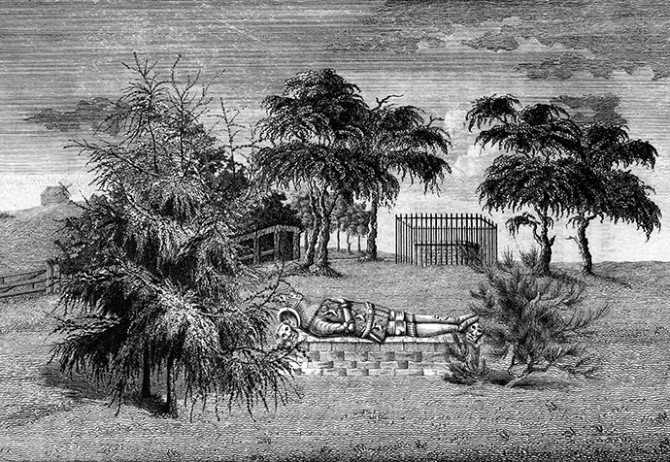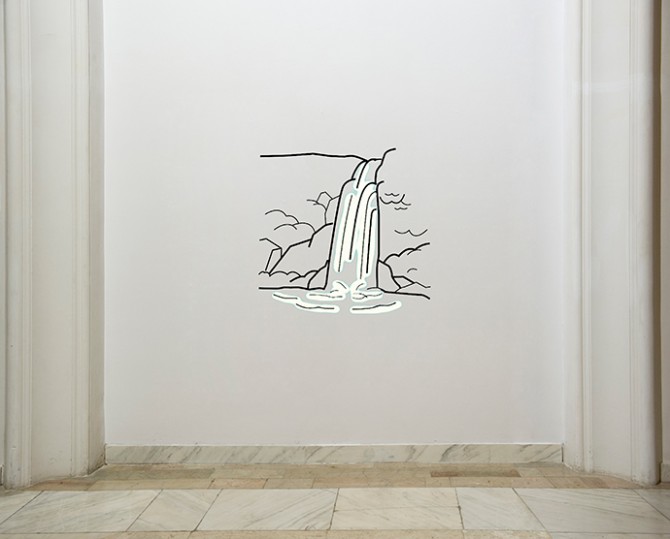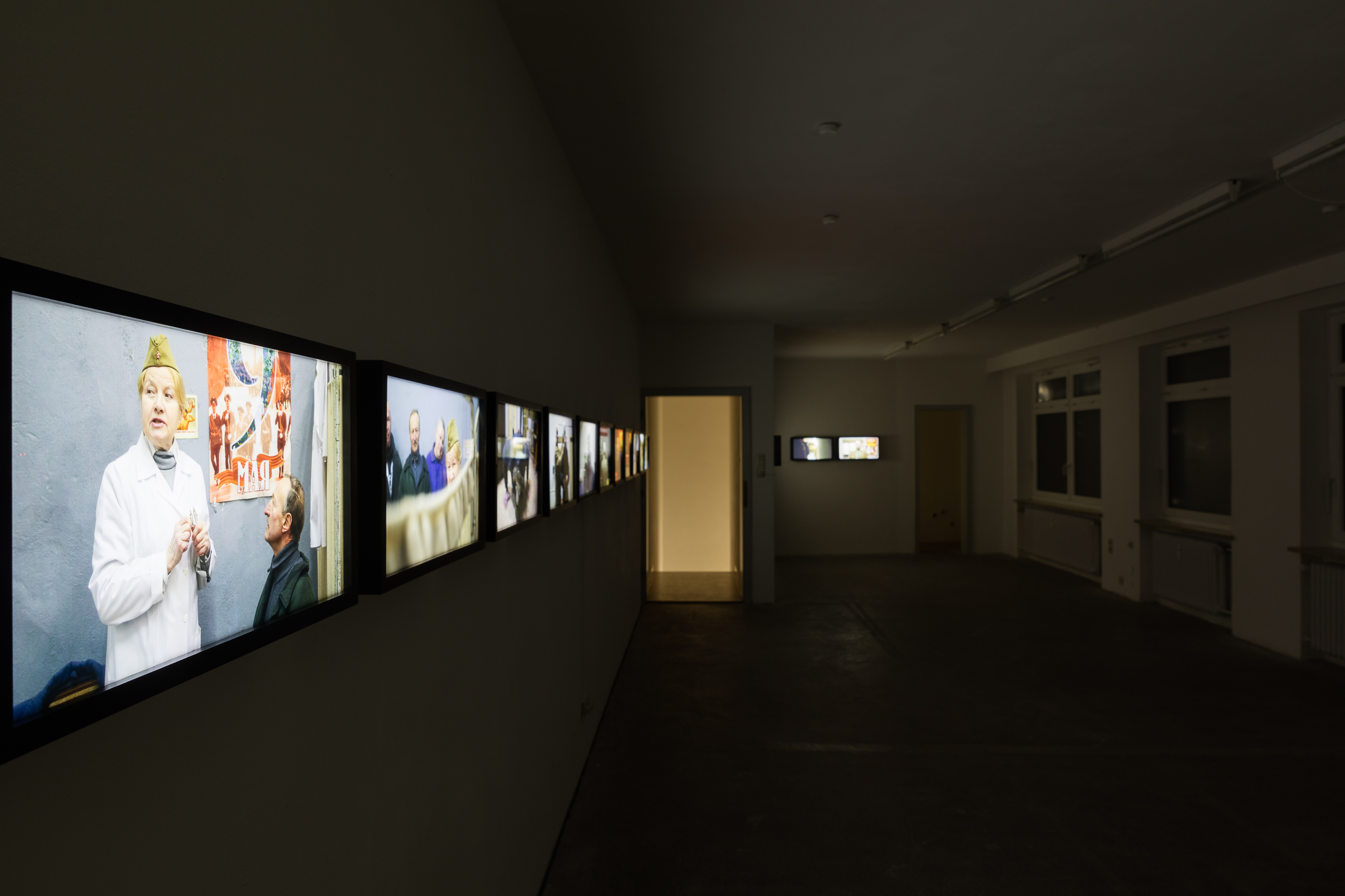Interview with Diana Marincu
Romania at the 56th edition of the International Art Exhibition – la Biennale di Venezia.
Author: Gabriela Mateescu
Published on: 31.03.2015

Gabriela Mateescu: Congratulation on the selection of your project. We can say that this year Romania covers all the media. Can you please elaborate the subject of the exhibition Inventing the truth. On Fiction and Reality?
Diana Marincu : Thank you, I appreciate your interest in the exhibition and I hope we will see you at the opening, on the 8th of May.
The starting point of this exhibition was the interest I have noticed along the years in a new way of approaching the archive, as a flexible and unpredictable concept in contemporary Romanian art, and the use of history through the insertion of fiction in the process of interpretation. Of course, fiction, as an instrument for understanding the past, is not only a way of turning true facts into invented stories, it is not a lie. It is rather a convention standing for the need to see the invisible story, the anonymous and personal narrative, the “repressed other of historical discourse”, in the words of Michel de Certeau. This insertion of fiction in the “official” narrative I think opens up a new way of imagining possibilities and outcomes not only the past, but for the future as well. The second conceptual path that the visitors can take in the exhibition is the use of fiction in the everyday life relationship we build with the objects around us – the concepts used by Alex Mirutziu were very helpful in clarifying this – „bureaucratic objects” and „ontological design”. Our interaction with the silent objects is very relevant to the way we construct our identity and our physical development according to this relation. Alex’s research focuses a lot on an object-oriented philosophy and turns to the invisible effect that bodies in space have on each other – be they humans or objects. In the end, this exhibition should function as a relevant space in which we question both ourselves and the history of others – anonymous people, unknown objects, foreign places etc.
GM: How did you select the artists? I know you`ve worked with some of them from as far as the exhibition Pasaj at The National Museum of Contemporary Art – Anexa, third floor
DM: I have previously worked with all of them in different ways. It is true that with Michele Bressan, Lea Rasovszky and Larisa Sitar I had a recent collaboration in the form of the exhibition we did in May 2014, Pasaj (exhibition produced by Ephemair Association and opened on The White Night of the Galleries); but with the others I also had a professional relation derived from the fact that I wrote about their works and exhibitions. Whenever I write about an artist I try to meet him/her, get to know them more, understand their way of thinking and acting. I believe in this role of an involved art critic, not in a distanced one who analyzes what is out there in the exhibition without connecting what is seen with what is behind it, as part of the process of artistic creation or research.
The selection for this exhibition, Inventing the Truth. On Fiction and Reality, came naturally, having in mind the works I already knew from these six artists, works not yet made but about which I had already a clear idea (or about which I had conversations with the artists). I gave carte blanche to two of the artists, Lea Rasovszky and Alex Mirutziu. I always enjoy working in different ways according to the practice of each artist. I invited all of them to make proposals, to talk about their projects and I also left a bit of room for surprise.

GM: Can you tell me more about each of the individual works of the artists and how they connect to each other?
DM: The two main approaches of the theme in this exhibition can be summarized as follows: one of the conceptual lines of thought relates to a nonchalant and informal understanding of history, a hidden story than can be reformulated according to the intrusion of fiction in the process of interpretation. Fiction can be seen as a disturbing noise or as a prop that one can use to fill in the blanks. On the other hand, fiction is also an everyday instrument used to explore options for the reality in which we live in or the limited possibilities we are confronted with. But in this case fiction is not day dreaming, but rather a technique of grasping what is not so obviously delivered to us by reality. It is a way of relating to our everyday life in a poetic way, it makes you see the invisible…

The three artists I have developed the first research path, regarding historical narratives, are Carmen Dobre-Hametner, Ștefan Sava, and Larisa Sitar. Carmen’s photographic project is a very consistent research focused on many issues relating to reenactment as a strategy for understanding history and for bringing past facts in the proximity of the now, the present life. She discovered a very interesting site called The Soviet Bunker, in Vilnius, Lithuania, where tourists come to experience the trauma of communism.